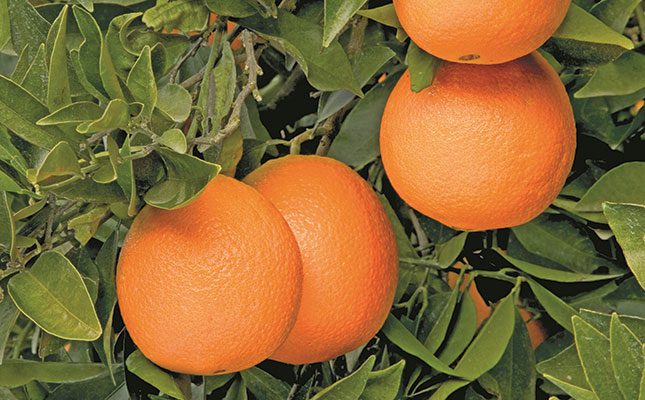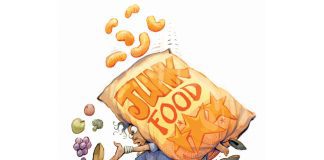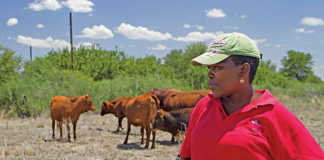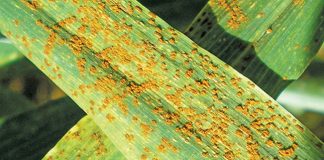
Young grafted citrus trees such as naartjie, orange, lemon, lime and grapefruit are quite expensive to buy, ranging from R150 to R250 per tree depending on the nursery. In addition, new trees take a few years to start producing. But if they are well cared for, these trees will provide fruit, and thus income, for many years.
Citrus trees grow best in warm, temperate and subtropical climates without frost. Even so, most citrus can cope in areas with mild frost, provided the temperature does not drop below 2°C or the wind is severe.
Navel and Valencia oranges, Clementine naartjies and limes are best for a colder climate.
Even if your region experiences moderate frost (around -5°C), you can still plant certain citrus varieties. Ask your local nursery for advice.
Grapefruit is popular as a health fruit, but these trees should be planted in a warmer area.
Tips for novice growers
Follow these steps to ensure good-quality fruit:
Planting:
- Dig a square hole about 10cm larger than the plastic soil bag the young tree is in when you buy it.
- Remove the bag and plant the tree in the hole.
- Don’t remove the soil that clings to the roots, and make sure that the tree is planted to the same depth as it was in the bag.
- Don’t add fertiliser to the soil you return to the hole. You can, however, add compost, dry kraal manure, and even some sandy soil if the existing soil is clayey (citrus trees prefer well-drained soil).
- Plant trees about 5m apart in rows and with an inter-row spacing of 5m. Make sure all the trees are at least 5m away from buildings or walls.
Watering:
- Keep citrus trees moist, especially when they flower and start to fruit. The trees should never be allowed to dry out completely.
- Keep soil at the trunk base moist by adding compost, autumn leaf mulch or kraal manure, all of which will retain water.
- To save water, you can irrigate the trees with water collected from baths and sinks.
Fertilising
- Apply nitrogen-rich fertiliser that contains potassium (ask the nursery for advice).
- Add about a cup of this fertiliser to the base of each young tree at the start of winter, once again in midwinter, and then again in midsummer.
- For fully grown trees, apply the same fertiliser at the same times of the year, but at a rate of four cups per tree. Water the trees well after application.
- If fertiliser is too expensive or unobtainable, you may have access to kraal manure. In addition, keep a compost heap in your yard, and add vegetable kitchen scraps, raked leaves, cut grass, and almost any other organic matter to this heap.
- Citrus trees also like Epsom salts; add three tablespoons of this to
the base of each tree, once in winter and once in summer. Water well after this application.
Pruning
- Prune the tree so that light can penetrate between the leaves.
- Carry out pruning shortly after harvesting, but preferably towards the end of winter. I prefer to prune every two years or so and I make certain that each tree has six to seven main branches that carry the fruit. Prune or remove any other branches that start to grow, as these shut out sunlight.
Pests
- Watch out for pests on the underside of the leaves. These may include caterpillars, which can be especially damaging to orange trees. Use organic pesticides rather than products that can be dangerous to humans and predator insects.
Teaming up
- Marketing citrus can be a problem, especially when you’re not a big producer or are far from fresh produce markets. I therefore suggest teaming up with fellow community growers and approaching businesses or street traders to buy from your co-operative.
- Buyers can either collect your produce or you can hire transport to deliver it.
- Alternatively, you can sell loose fruit within your community. By doing this, you will most likely obtain far higher prices.
Shane Brody is involved in an outreach programme aimed at transferring skills to communal farmers.











